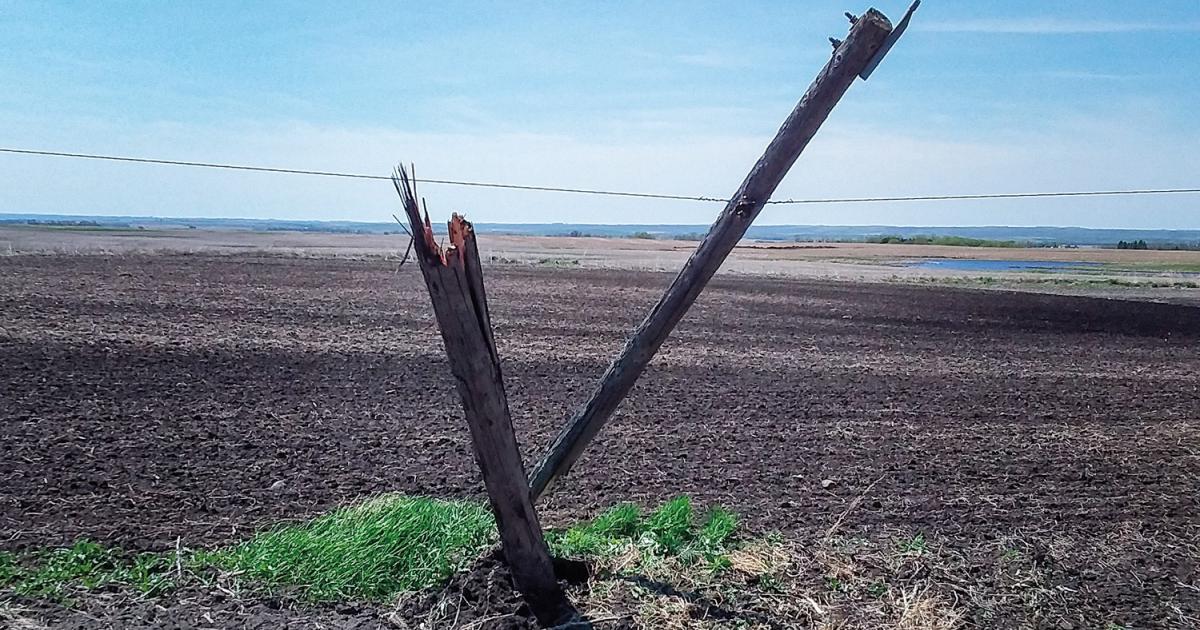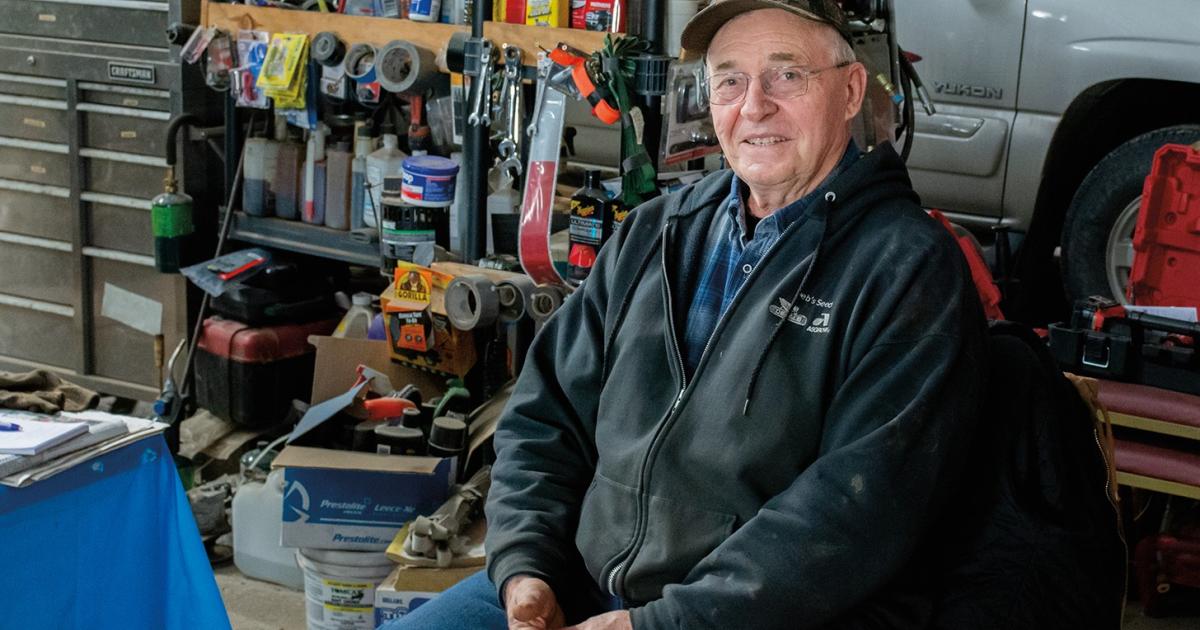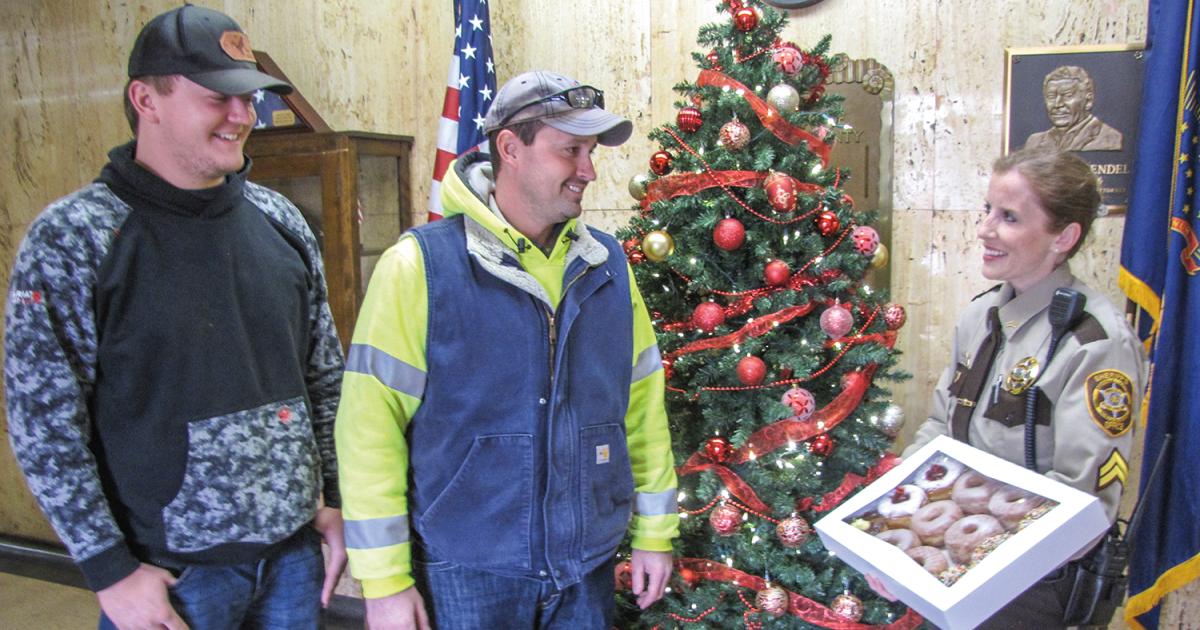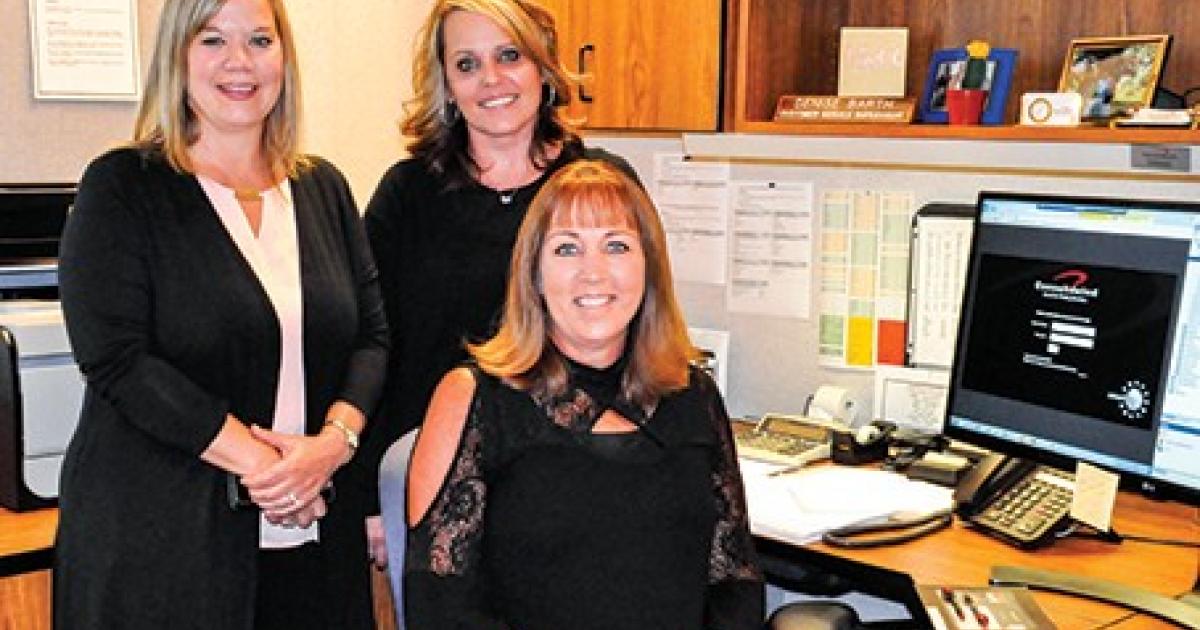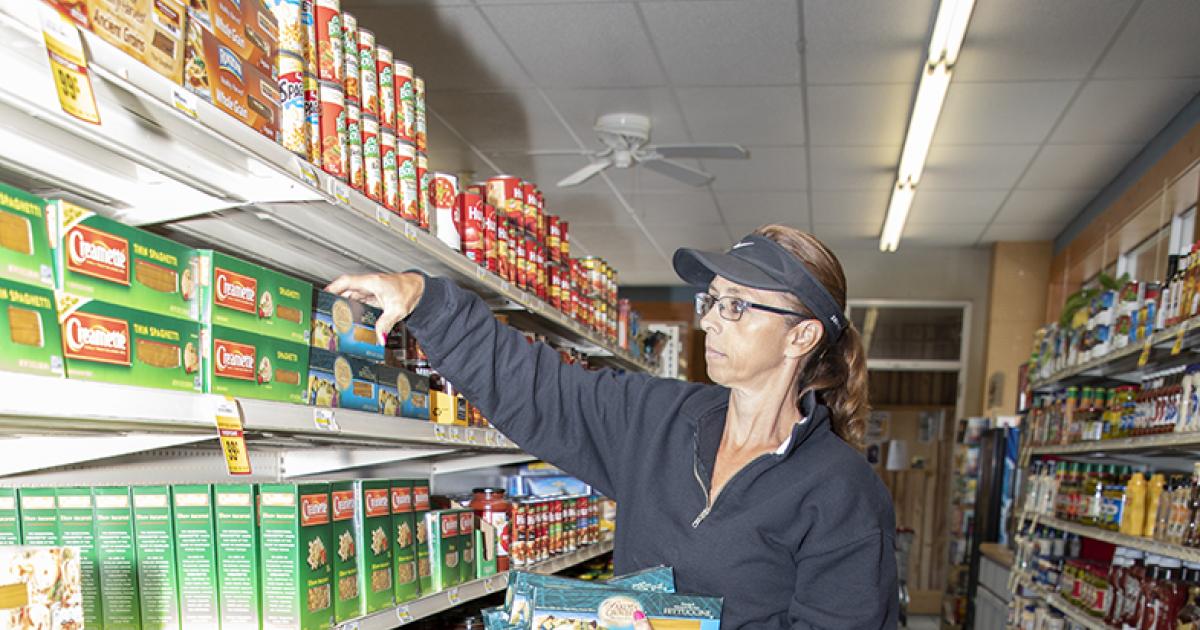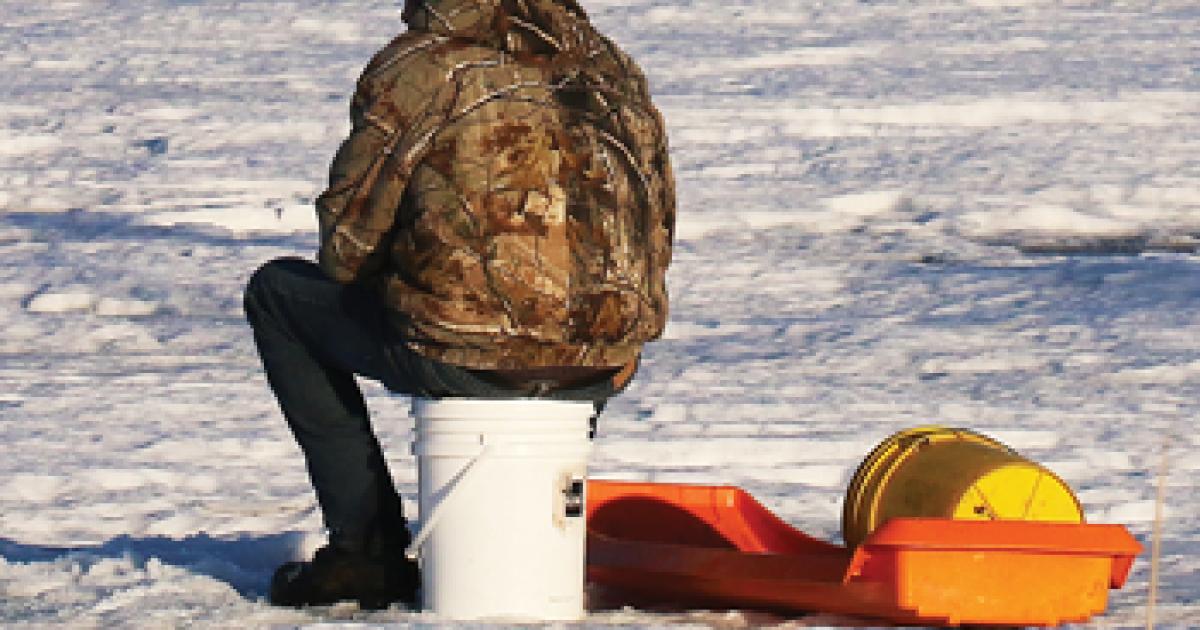It’s not easy to make it in farming. There are many forces to contend with and pressures to manage.
“I must’ve done something right,” Mike Arth says. “I started with a shoestring and now this is what I’ve got.”
He speaks from the warmth of his shop, surrounded by tools and equipment. A tinge of diesel fuel hangs in the air.
Arth has been farming now for 56 years. His home base is the same farmstead he grew up on between Milnor and Cayuga on Dakota Valley Electric Cooperative lines, which he purchased from his father. Besides his home, every structure on the farm was built and paid for by Arth. It is safe to assume many nails on the farm were pounded by Arth himself.
The 3,200-acre operation now includes Arth’s son, Jesse, and has evolved and changed with the times. Mike raised hogs for 38 years, but when the economics made it no longer viable, he pivoted to strictly grain farming. He’s been an early adopter of new ag technologies and when land was scarce locally, the Arths sought opportunities elsewhere, finding land to farm near McClusky.
“We love the land and want to leave it better than we found it,” Jesse says.
How do you stay farming for 56 years and multiple generations? Mike says electricity helped make it possible.
“The biggest, best thing that ever came about was that Rural Electrification Act,” Mike says. “It equalized the urban and rural people with indoor plumbing and electricity. We didn’t have any disadvantages to our city counterparts whatsoever. Farms wouldn’t be what they are today if electricity hadn’t come about. I just can’t emphasize enough how important that was.”
Courtesy Photo
FARM SAFETY
Rural electrification revolutionized farming. With it, of course, came poles, wires and an expanse of electrical infrastructure, naturally adding another component to farm safety. The National Safety Council lists agriculture as one of the two most hazardous occupations. Because of this, the Arths, like many farmers, prioritize safety.
“We are very safety conscious on our farm,” Mike says.
For North Dakota’s electric cooperatives, electrical safety on the farm is an important message to continually share.
“The biggest reason is safety, member safety and public safety,” says Mark Kinzler, general manager of Dakota Valley Electric Cooperative. “We’re not looking for everyone to be an electrical expert, we’re just trying to keep everybody safe.”
In 2019, Dakota Valley Electric Cooperative had nearly 40 poles knocked down in its service territory. One of the biggest issues, Kinzler says, is folks trying to set up electrical enclosures or other infrastructure (those big green boxes!) after knocking them down. The danger is not knowing what might be broken inside.
“It’s a bugger. We get the challenges, no one wants to admit to hitting something, but it happens,” Kinzler says.
In June, one of Mike’s part-time helpers was working in a field with a Case IH Quadtrac tractor and a 55-foot digger. The hired hand barely grazed a pole with the equipment, and it fell. With his own knowledge of electrical safety, he was able to drive safely away from the pole and parked a couple hundred feet away from the line, ensuring his own safety. When he called Mike and told him what happened, Mike first called his co-op to report the downed line and then went to the field to meet his hired man.
“When I got to him, I could tell he was nervous about what I would say. I told him as long as he never got hurt, that’s what mattered,” Mike says. “It doesn’t pay to get mad at something like that. It was disheartening it happened on my farm, but most of the time, you can replace something like that. The danger is someone getting electrocuted or starting a fire.”
The Dakota Valley Electric Cooperative crew responded immediately and had the infrastructure replaced in under two hours. Kinzler says the co-op responds to calls of downed or damaged infrastructure quickly to assess and address scene safety.
“A lot of it comes down to busy times of the year, when the pressure’s on for everyone. There’s pressure to get crops in and crops off, time constraints, and it’s easy to overlook the safety side,” he says.
CALL YOUR CO-OP
With safety a top priority for electric cooperatives, Kinzler encourages members to call their local electric co-op to report downed poles, sagging lines or other damage within its system.
“We really do appreciate folks reporting stuff they see,” Kinzler says. “That helps us keep things safe and operational.”
In his 56 years of farming, this was the first time Mike had to call his local electric cooperative to report a downed line within his operation. He shares his experience as an important reminder to others.
“No matter how careful you think you are being, you can never be too careful,” Mike says. “You cannot take your eyes off of something that important in your field.”
Cally Peterson is editor of North Dakota Living. She can be reached at cpeterson@ndarec.com
FARM SAFETY TIPS
• Use a spotter when operating large machinery near power lines.
• Keep equipment at least 10 feet from power lines in all directions at all times.
• Look up and use care when raising any equipment, such as ladders, front-end loaders or augers.
• Inspect the height of farm equipment to determine clearance.
• Remember to lower extensions to the lowest setting when moving loads.
• Never attempt to move a power line out of the way or raise it for clearance.
• Always consider downed lines energized!


